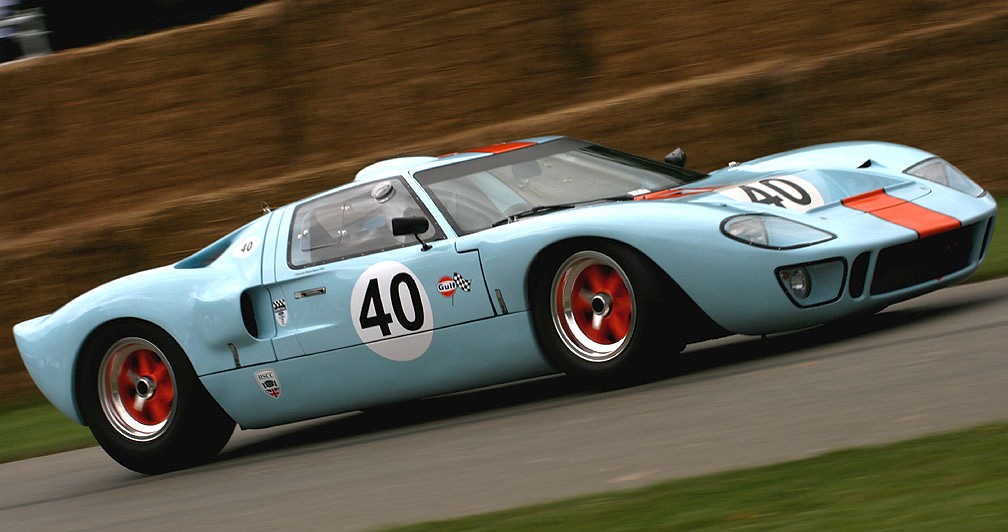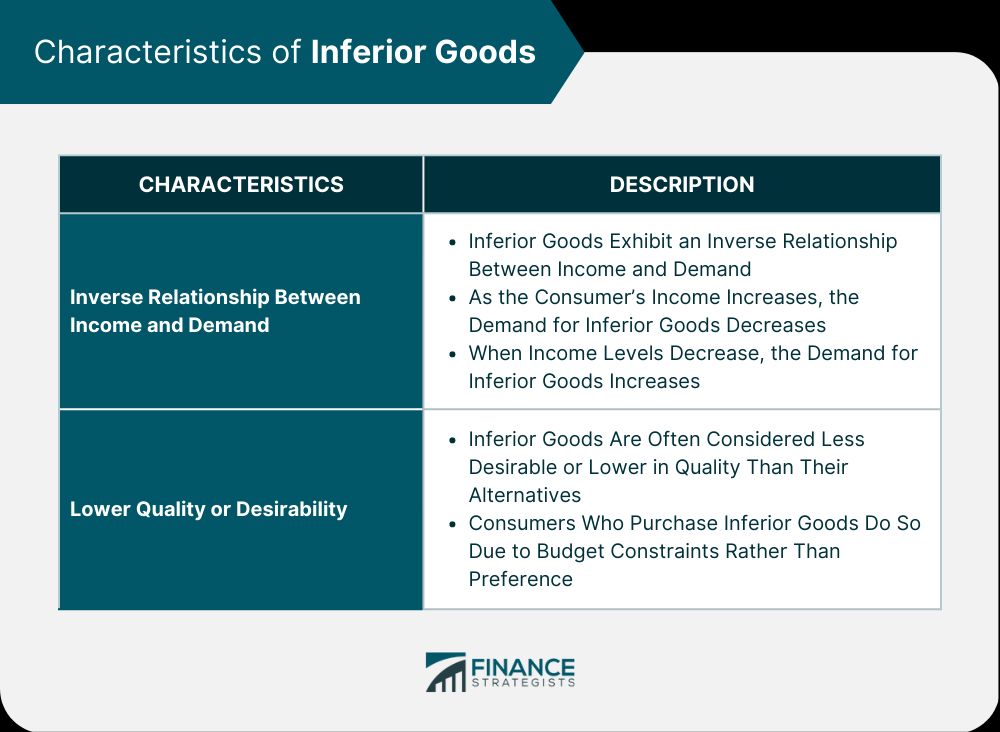For enthusiasts of two-wheeled machines, there’s an undeniable allure to the open road, a sense of freedom only a motorcycle can provide. Whether navigating urban sprawl on a nimble sportbike or cruising scenic routes aboard a meticulously restored classic, the journey is often as compelling as the destination. But every informed rider knows this experience is intrinsically linked to complex traffic dynamics and the vigilant presence of law enforcement, particularly those on motorcycles themselves. Far from simply being enforcers, these motor officers are an integral part of the intricate tapestry of our roadways, constantly adapting to ensure safety and efficiency for all.
Delving into the world of police motorcycles reveals a rich, fascinating history, one that parallels the very evolution of motorized transportation. From the earliest days of literal horsepower to the cutting-edge electric models now silently patrolling our streets, the police motorcycle has consistently proven to be an indispensable tool for maintaining order, ensuring safety, and fostering crucial community connection. Their story is one of innovation, remarkable adaptability, and unwavering commitment to public service, echoing the spirit of motoring passion we, as riders, deeply understand and appreciate.
This article will take you on an in-depth journey through the pivotal moments, significant technological advancements, and the dedicated individuals who shaped the police motorcycle unit into the formidable presence we recognize today. We’ll explore how these two-wheeled guardians became the embodiment of “Swift Precise Motion,” a concept eloquently captured by their iconic “Winged Wheel” emblem. Understanding their world offers not just a fresh perspective on the roads we traverse, but also a deeper appreciation for the crucial role they play in keeping our thoroughfares safe, efficient, and navigable.
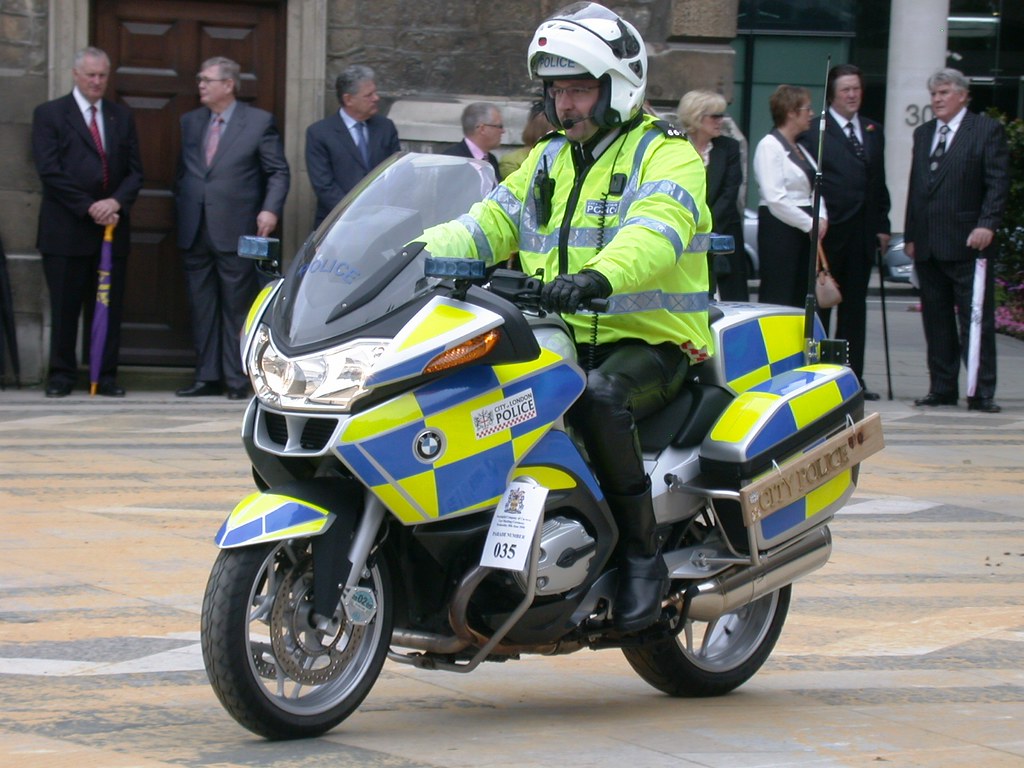
1. The Dawn of Two-Wheeled Patrol: First Police Motorcycles
The early 20th century marked a pivotal shift in law enforcement, as police departments explored alternatives to traditional horseback and buggy patrols. Motorized transportation technology was evolving rapidly, and the agility and speed of motorcycles quickly caught the eye of agencies looking to modernize patrol capabilities. This period of exciting experimentation laid the essential groundwork for what would become an iconic and indispensable symbol of policing: the motorcycle unit.
According to Harley-Davidson, the Detroit Police Department received the “first police motorcycle” in 1908. In the same year, the Evanston Police Department in Illinois purchased their “first belt-driven motorcycle,” with their first officer, Leo Larkin, earning the nickname “Motor” officer Larkin – the first reported instance of this moniker. These inaugural deployments signaled a new era in urban policing, promising greater reach and quicker response times across expanding municipal areas.
Moving westward, the Portland Police Department quickly followed suit. In 1909, they hired motor officer Merle Sims, who used his “own Indian motorcycle” for patrol, marking it as the agency’s “first mechanized patrol vehicle.” Portland Police Bureau was “so impressed with Motor Sims’ performance that the agency purchased two additional Indian motorcycles and the Portland Police Bureau started their first motorcycle patrol squad.” This organic growth from individual initiative to an organized unit underscored the practical advantages motorcycles offered from their very inception.
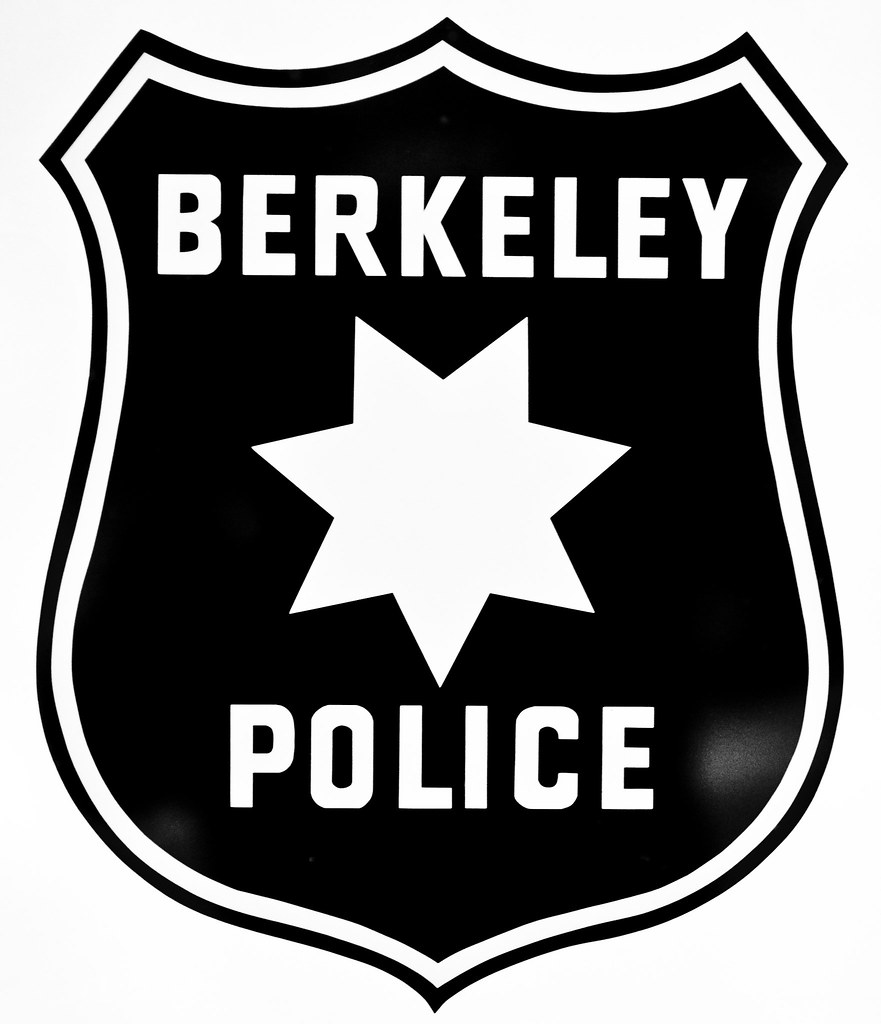
2. Pioneering Units: Berkeley PD and Policy Development
As motorcycle patrols gained traction, some departments went beyond mere adoption, establishing structured units and comprehensive operational policies. This forward-thinking approach was crucial in effectively integrating the new technology into daily police operations, ensuring consistency, safety, and accountability. One of the most significant early developments came in 1911, when the Berkeley (Calif.) Police Department is “credited with creating one of the earliest official motor patrol unit” thanks to their “forward-thinking chief, August Vollmer.”
Chief Vollmer’s vision extended beyond simply acquiring motorcycles; his leadership ensured that the Berkeley Police Department “took it upon themselves to create specific policies regarding the operation and utilization of the motor unit.” This foundational work involved not only developing “some of the first motorcycle patrol training, policies, and procedures,” but also implementing practical modifications to their equipment. For instance, they “modified their Harley-Davidson and Indian motorcycles specifically for police patrol with saddlebags for extra storage,” demonstrating an early understanding of the specialized functional needs of motorcycle officers in the field.
The meticulous approach taken by Berkeley PD in developing these detailed policies, rigorous training regimens, and thoughtful vehicle adaptations set a high standard for other departments. It wouldn’t be surprising, as one historical account suggests, “if the current policy of most departments made liberal use of Berkeley’s original.” This early emphasis on standardization, specialized training, and purpose-driven equipment was instrumental in shaping both the professional identity and the operational effectiveness of motorcycle patrol units nationwide.
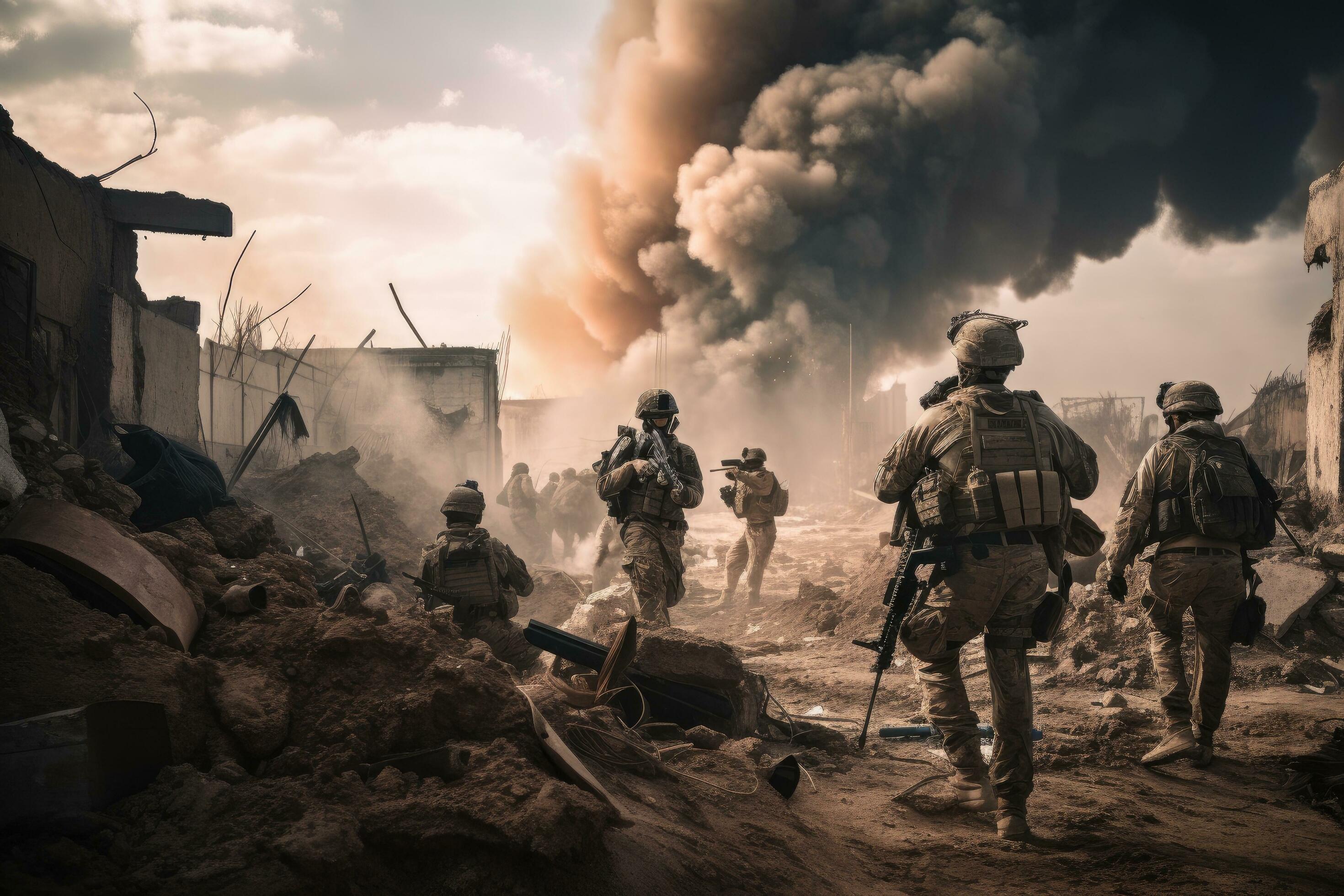
3. War Efforts and Surplus: Motorcycles into Civilian Law Enforcement
The utility and rugged dependability of motorcycles extended far beyond local police patrols, proving their mettle on the global stage during major conflicts. When “World War I broke out, Harley-Davidson aided the war effort by shipping about 20,000 motorcycles overseas.” These machines played a critical role in military communications, acting as “effective in dispatching messages before the radio communications become something upon which soldiers could rely.” Many were even equipped with “sidecars which could be retrofitted with machine-gun mounts if needed,” showcasing their versatility.
The end of WWI brought a significant “surplus of motorcycles.” This sudden availability, combined with reduced pricing, presented a golden opportunity for civilian law enforcement agencies. The “transition into police utility after their military usage was a no-brainer,” as departments quickly recognized the profound “tactical advantage in the motorcycle.” Police forces valued these machines for being “more agile, responsive, and maneuverable than their other motorized counterparts,” allowing them to navigate crowded streets and respond to incidents with unprecedented speed.
This influx of robust, battle-tested machines allowed police forces to rapidly expand and equip their motor units, further solidifying the motorcycle’s indispensable role in maintaining public safety and enforcing nascent traffic laws. This pattern of military surplus benefiting police departments was powerfully echoed after World War II, when Harley-Davidson “supported the war effort by shipping almost 90,000 motorcycles,” and again, “it was police agencies that once again benefitted from reduced pricing of military surplus motorcycles.” This consistent cycle shaped the landscape of two-wheeled law enforcement.

4. The Roaring Twenties: Speed Enforcement and Infrastructure Challenges
The 1920s, an era defined by rapid technological advancement and societal change, presented both immense opportunities and significant challenges for public safety officials. By 1920, “Harley-Davidson had grown to be the largest and most significant motorcycle manufacturer on the face of the Earth,” reflecting the burgeoning popularity of two-wheeled travel. However, this growth came with a darker side: “Speed related fatalities started to go through the roof in the 1920’s as both vehicle and motorcycle production significantly increased in combination with a distinct lack of speed enforcement.” The thrill of new mobility often outpaced infrastructure and regulatory frameworks.
In this rapidly deteriorating traffic environment, “Harley-Davidson motorcycles were intrinsic in speed enforcement due to their agility, responsiveness, and maneuverability in comparison to their four-wheeled compatriots.” Their ability to weave through congestion and quickly pursue speeding vehicles made them indispensable. Recognizing the growing crisis, “in conjunction with law enforcement, Harley-Davidson created a public campaign to reduce the number of traffic fatalities due to lousy infrastructure and even worse traffic enforcement.” This collaborative effort underscored a shared responsibility to make roads safer, moving beyond simple enforcement to public education.
The profound impact of these efforts and the sheer effectiveness of motorcycle patrols were undeniable. By “the end of the ‘20s, Harley-Davidson motors were being used by about 3,000 different police agencies the world over.” This widespread international adoption speaks volumes about the proven value and practical efficacy of the police motorcycle in directly confronting the burgeoning traffic challenges of the era. These two-wheeled officers were at the forefront of a new kind of policing, one that directly addressed the consequences of an increasingly motorized society.

5. Harley-Davidson’s Global Dominance and Continued War Support
The journey of Harley-Davidson from a pioneering manufacturer to a global powerhouse is deeply intertwined with the history of police motor units. Their commitment to law enforcement was evident early on, as “By 1926, Harley-Davidson was the largest motorcycle manufacturer in the world with a special office dedicated to fleet sales to law enforcement departments.” This specialization demonstrated a strategic understanding of the unique needs of police agencies, providing purpose-built machines and dedicated support that cemented their leadership in the sector.
Harley-Davidson’s pivotal role in national defense was reinforced during World War II. Just as in WWI, the company once again “supported the war effort by shipping almost 90,000 motorcycles” to Allied forces. These robust machines served a myriad of vital military functions, from rapid reconnaissance to critical dispatch, showcasing their rugged reliability under extreme conditions. This immense production capacity and their significant contribution to the war effort further established Harley-Davidson as a cornerstone of American industry and a trusted supplier to government entities.
Following WWII, the beneficial cycle of military surplus once again served to significantly bolster police fleets across the nation. The “war surplus and reduced pricing was passed on to civilian police departments,” allowing for the continuous expansion and crucial modernization of their motorcycle units. Throughout these transformative periods, “Indian and Harley-Davidson soon emerged as the predominate motorcycle manufactures for police fleets due to their reliable and local dealer services,” unequivocally highlighting the paramount importance of not just the vehicle itself, but also the comprehensive support network that kept these vital machines operational. This enduring partnership solidified Harley-Davidson’s legacy in police work, a legacy that continues powerfully to this day.
Read more about: The Legendary History of Harley-Davidson: Bikes, Culture, and the Open Road
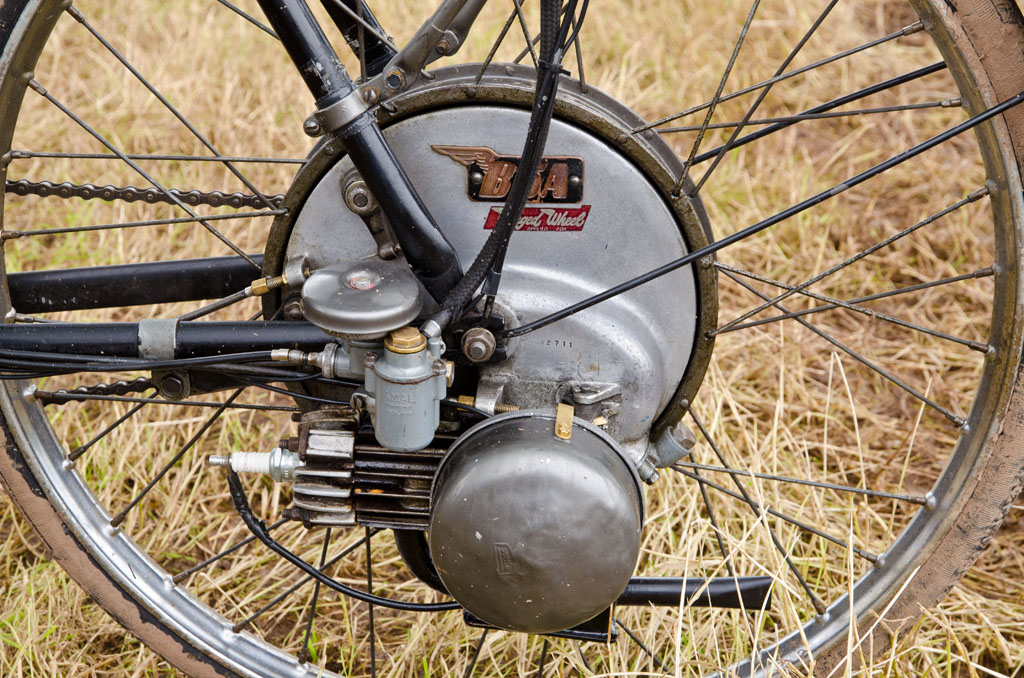
6. The “Winged Wheel”: Symbolism of Swift, Precise Motion
Beyond the sheer engineering and historical narrative, police motorcycle units carry a powerful visual identity, often encapsulated in distinctive emblems. For countless motor officers, the “Winged Wheel” symbol is not merely an insignia, but a profound source of professional pride and a concise, potent representation of their core mission and operational philosophy. This iconic emblem, frequently seen on uniforms and departmental patches, transcends mere aesthetics; it tells a compelling story of the fundamental values and unique capabilities inherent in motorcycle policing.
The profound meaning behind this iconic symbol was eloquently captured in a quote credited to Sgt. J. Hughes from the Duchess County (N.Y.) Sheriff’s Office. He articulated with striking clarity that “The Wing Represents Swiftness, The Arrow Precision, The Wheel Motion.” This succinct yet powerful interpretation perfectly encapsulates the dynamic and often high-stakes role of a police motorcycle officer. It speaks directly to their exceptional rapid response capabilities, their accurate and deliberate navigation of complex traffic situations, and their continuous, proactive presence patrolling our roadways.
When viewed collectively, these individual elements coalesce to form a cohesive and actionable statement: “A Police Motorcycle is Swift Precise Motion.” This is far more than just a departmental motto; it represents a living, breathing operational philosophy for the dedicated men and women who patrol our streets on two wheels. It speaks directly to their unparalleled ability to quickly and deftly weave through congested traffic, to precisely enforce vital traffic laws where needed, and to maintain a constant state of motion, ever vigilant and responsive. The “Winged Wheel” thus serves as a powerful and enduring reminder of the unique tactical advantages and the critical responsibilities that unfailingly accompany the role of a motor officer.

7. Evolution of Police Motorcycle Uniforms and Safety Gear
Beyond the thrum of the engine and the precision of the ride, the very attire of a motor officer tells a story of tradition meeting modern demands. For decades, the uniforms worn by these dedicated individuals have echoed the distinguished look of mounted units, with their distinctive tall stacked boots and traditional breeches becoming the iconic ensemble for many. This classic appearance has long been a powerful visual identifier, symbolizing authority and a unique connection to the history of law enforcement.
Yet, as motorcycle technology advances and the understanding of rider safety deepens, a quiet revolution has been unfolding in how motor officers dress for duty. There’s been a growing, vital push for more appropriate and protective safety gear, moving beyond purely ceremonial aspects to embrace true, practical resilience. This shift acknowledges the inherent risks of riding and the need for cutting-edge protection in dynamic patrol environments.
Modern motor officers are increasingly advocating for and adopting specialized equipment such as Kevlar-reinforced pants, which offer significantly enhanced abrasion resistance, and purpose-built motorcycle boots that provide superior ankle support and impact protection. The traditional open-face helmet is also giving way to safer, modular helmets, offering comprehensive head and face protection without sacrificing communication capabilities. This embrace of advanced safety features underscores a commitment not just to tradition, but to the well-being and operational effectiveness of the officers themselves. It’s a testament to continuous improvement, ensuring these guardians of the road are as well-protected as the machines they command.

8. Mid-Century Challenges and Motorcycle Officer Reliance
As the world navigated the mid-20th century, particularly in the 1950s, motor officers found themselves once again at the forefront of a burgeoning public safety crisis. Just as in the chaotic 1920s, a strong reliance on motorcycle patrols was essential to curb what had become a pervasive problem: rampant unsafe driving. This period saw a renewed focus on rigorous traffic law enforcement, cementing the motorcycle officer’s indispensable role in maintaining order on the nation’s roadways.
Remarkably, this increased reliance came at a time when infrastructure had seen significant improvements over three decades, and the quality and safety of automobiles had also advanced considerably. Despite these positive developments, one fundamental human element remained stubbornly unchanged: the persistent desire of many drivers to operate their vehicles at excessive speeds. This inherent human factor meant that even with better roads and safer cars, the vigilance of law enforcement was more critical than ever.
It was in this environment that motor officers were strategically deployed and specifically tasked with a crucial mission: to enforce traffic laws with unwavering diligence and to actively reduce the alarming incidents of collisions, encompassing both injury and non-injury accidents. Their agile presence and swift response capabilities made them ideally suited for this proactive role, serving as a constant reminder to motorists of the consequences of unsafe driving habits. This dedicated effort through the diligent issuing of traffic citations was a cornerstone of public safety strategy.
Indeed, this vigorous and highly visible traffic law enforcement gave rise to one of the most enduring and iconic images in American pop culture of the 1950s. It was the familiar sight of a motorcycle police officer, often strategically positioned behind a highway billboard, ready at a moment’s notice to pursue speeding motorists and issue the necessary traffic tickets to violators. This powerful visual became synonymous with order and accountability on the road, shaping public perception and demonstrating the undeniable efficacy of two-wheeled policing during a pivotal era of automotive growth.
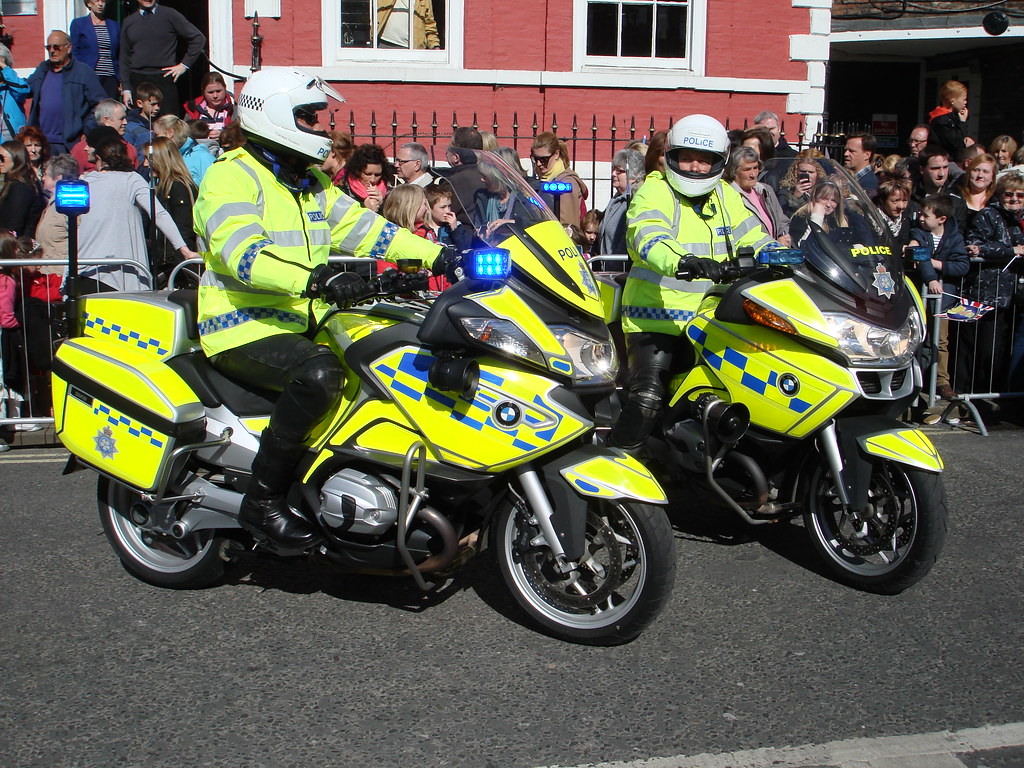
9. Tactical Advantages of Police Motorcycles
The enduring presence of police motorcycles on our streets is not simply a nod to tradition; it is a direct consequence of their unparalleled tactical advantages over their four-wheeled counterparts. In the intricate ballet of urban traffic, the maneuverability of a motorcycle is a game-changer, allowing officers to navigate crowded streets with an agility that larger, more conventional police vehicles simply cannot match. This inherent nimbleness provides a distinct operational edge, especially when time is of the essence.
One of the most critical benefits of a motorcycle’s relatively small size is its capacity for rapid response in challenging situations. When incidents like traffic collisions bring four-wheel vehicle access to a crawl, police motorcycles can often weave through congestion, getting to accident scenes far more quickly. Furthermore, their compact footprint allows them to access routes completely unavailable to cars or trucks, such as narrow streets, alleyways, or even designated footpaths, ensuring a swift presence where it matters most. This capability means faster assessment of situations and quicker assistance for those in need.
Beyond routine patrols and emergency response, police motorcycles are indispensable tools for a variety of specialized functions that demand precision and flexibility. They are consistently utilized in high-profile police escorts, providing critical security and traffic control for dignitaries. Their ability to “leapfrog ahead” and efficiently block traffic makes them perfect for facilitating funeral processions, managing motorcades, and ensuring safe passage for participants in marathons and other large public events. These roles highlight their unique capacity to manage complex logistical challenges with seamless efficiency.
Considering these multifaceted capabilities, it becomes abundantly clear why the necessity of the motorcycle in police work remains as relevant today as it was more than a century ago. Motor officers continue to be a vital presence, diligently patrolling our streets and freeways, executing intricate traffic details, and undertaking myriad other essential duties to maintain peace and order on our roadways. Their unique blend of speed, access, and visibility ensures they remain a cornerstone of modern law enforcement, perpetually adapting to the evolving landscape of traffic management and public safety.
Read more about: Rolling on Those 12 Affordable Scooters? Here’s What Traffic Cops Secretly Think About You.
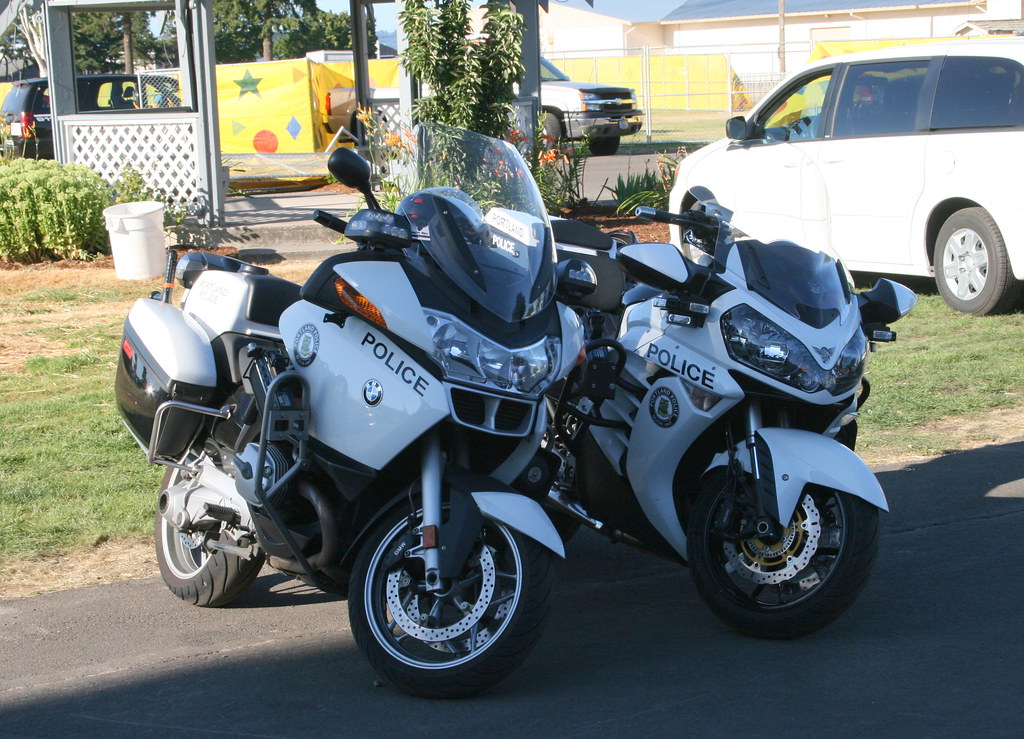
10. Key Manufacturers and Their Contributions
The evolution of the police motorcycle is a story told through the marques that have served law enforcement with distinction, from pioneering American icons to global engineering powerhouses. As of the early 21st century, police departments across the United States predominantly rely on purpose-built motorcycles from renowned manufacturers such as BMW Motorrad, Harley-Davidson, Honda, and Kawasaki. These companies have perfected machines capable of meeting the rigorous demands of police work, offering specific models tailored for patrol duties.
Historically, the American landscape was dominated by two titans: Harley-Davidson and Indian, which emerged as the predominant suppliers due to their reliable products and extensive local dealer services. However, the market diversified significantly. The 80s and 90s, for instance, saw the iconic Kawasaki KZ models rise to prominence. These Japanese machines garnered immense popularity, particularly benefiting from certain reliability challenges faced by AMF-era Harleys, and were robustly produced at Kawasaki’s Lincoln, Nebraska factory, enjoying an impressive run for over 30 years.
Across the Atlantic, European manufacturers have also played a crucial role. In the United Kingdom, for example, the BMW R1200RT and the Yamaha FJR1300 are among the most common police motorcycles, known for their performance and reliability. Historically, British manufacturers like Triumph, Norton, and Velocette also contributed significantly to police fleets, with Triumph’s 650cc 6T Thunderbird police version affectionately nicknamed the “SAINT” (Stops Anything In No Time). However, by the mid-1970s, issues with spares and service led many forces to switch to smoother BMWs.
Indeed, BMW Motorrad has solidified its position as a global leader in authority motorcycles. By 2008, the company proudly stated that over 100,000 BMW motorcycles were in official use across more than 150 countries, demonstrating their worldwide trust and utility. BMW actively produces factory-built, police-specific models like the R1200RT-P and R900RT-P, which have been adopted by over 225 U.S. law enforcement agencies, including the California Highway Patrol, often outperforming aging fleets of other brands. This global reach highlights a continuous drive for excellence in law enforcement specific motorcycle design.
Meanwhile, Harley-Davidson continues its long-standing relationship with police departments globally, offering models like the FLHTP Electra Glide and FLHP Road King for patrol. In Japan, police motorcycles are affectionately known as *shirobai* (white motorcycle) due to their distinctive white livery, a tradition that began nationally in 1936. While early *shirobai* were often Meguro motorcycles, today Honda models, especially the VFR series, are popular choices, alongside the Honda ST and Yamaha FJ series internationally. The diverse range of manufacturers underscores the specialized and evolving demands of police motor units worldwide.
Read more about: The Pedestal Cracks: Unveiling 10 Deep Flaws in Automotive Visionaries and Industry Evolution

11. Modern Innovations: Electric Police Motorcycles
As the world increasingly shifts towards sustainable and technologically advanced solutions, police motorcycle patrol is not being left behind. The future of law enforcement on two wheels is embracing cutting-edge innovations, with electric motorcycles emerging as a revolutionary new tool for modern agencies. This pivotal transition signals a move towards quieter, more efficient, and environmentally conscious patrol capabilities, redefining what a police bike can be.
A groundbreaking moment occurred in 2014 when the Los Angeles Police Department made history by becoming the first department to rigorously test and subsequently add the Zero Motorcycles MMX electric motorcycle to its fleet. This bold move was a testament to the department’s foresight, recognizing the significant potential these silent machines held for urban policing. The MMX wasn’t just a novelty; it represented a paradigm shift in patrol vehicle options, offering unique advantages over its gasoline-powered predecessors.
The feedback from officers testing the Zero MMX was overwhelmingly positive, highlighting several key benefits that electric motorcycles brought to the demanding world of police work. These bikes were lauded for their exceptional stealth, allowing officers to approach situations with a discreetness impossible for traditional, noisy patrol bikes. Furthermore, their remarkably low operational costs and minimal environmental footprint were significant economic and ecological advantages. Crucially, their instantaneous torque and agile handling provided an immediate tactical advantage in high-pressure scenarios, making them incredibly effective tools.
Since that pioneering adoption by the LAPD, Zero Motorcycles has rapidly expanded its footprint within law enforcement. The company proudly announced that it now supplies over 100 agencies across North America, including numerous colleges and university agencies that utilize these electric bikes as their primary patrol vehicles. This widespread adoption underscores the proven efficacy and growing trust in electric police motorcycles. They are no longer just a futuristic concept; they are a practical, high-performance reality, demonstrating a clear path forward for sustainable and tactically superior two-wheeled policing.
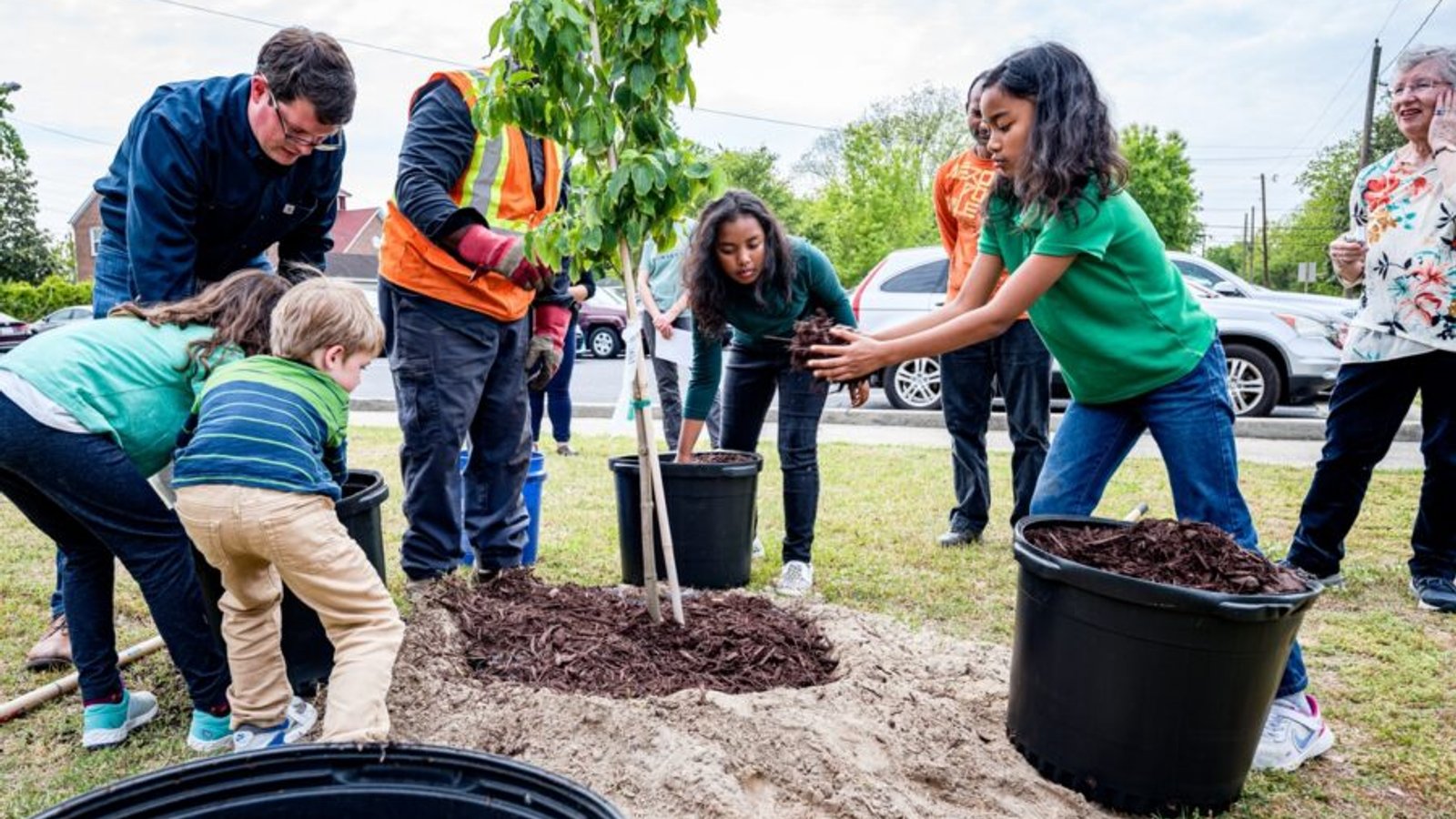
12. Community Connection and Public Perception
Beyond their crucial role in traffic enforcement and rapid response, police motorcycle units foster a uniquely valuable connection with the communities they serve. This human element, often overlooked in discussions of tactical advantage, stands as one of the greatest and most profound benefits of motorcycle patrol. The inherent visibility and approachability of motor officers create a bridge between law enforcement and citizens that is distinctly different from traditional patrol methods.
Numerous studies and anecdotal evidence consistently highlight that citizens feel a greater sense of comfort and ease when approaching a motorcycle officer for assistance or information. One of the primary reasons cited for this phenomenon is the simple fact that motorcycle officers are not “hidden” within the confines of a patrol vehicle. Their open presence on two wheels eliminates the physical barrier, making them seem more accessible and less intimidating. This direct interaction helps to break down perceptions of distance and authority, fostering a more collaborative relationship.
This enhanced visibility extends beyond casual interactions, playing a significant role in various community-focused events. Motorcycle patrol units are a familiar and often cherished sight, leading funeral escorts with dignity, providing essential security for dignitary motorcades, and performing ceremonial duties such as leading vibrant community parades. In these roles, motor officers become an integral part of civic life, their presence signaling not just authority, but also support, celebration, and a shared sense of community pride.
Ultimately, the unique blend of accessibility and visible presence cultivated by police motorcycle patrols helps to build and strengthen trust within neighborhoods. It allows motor officers to be seen not merely as enforcers of the law, but as engaged and approachable members of the community itself. This critical connection is invaluable in promoting public safety, encouraging cooperation, and ensuring that law enforcement remains deeply rooted in the fabric of the society it diligently protects. The motorcycle, in this context, is more than a vehicle; it’s a vital conduit for positive community relations and proactive policing.
Read more about: Jennifer Lawrence’s Indie Renaissance: Unpacking the Buzz, Star Power, and Premiere Impact of ‘Die, My Love’
The enduring legacy of the police motorcycle, from its early pioneering days to its modern, electrified future, is a testament to its unparalleled adaptability and persistent relevance. These two-wheeled guardians, embodying swift, precise motion, continue to stand as vital pillars of road safety and community engagement, proving that some classics are truly timeless, continuously evolving to meet the demands of an ever-changing world. They are not merely machines; they are symbols of vigilance, precision, and an unwavering commitment to the public good, cementing their place as indispensable partners on our roads for generations to come.

